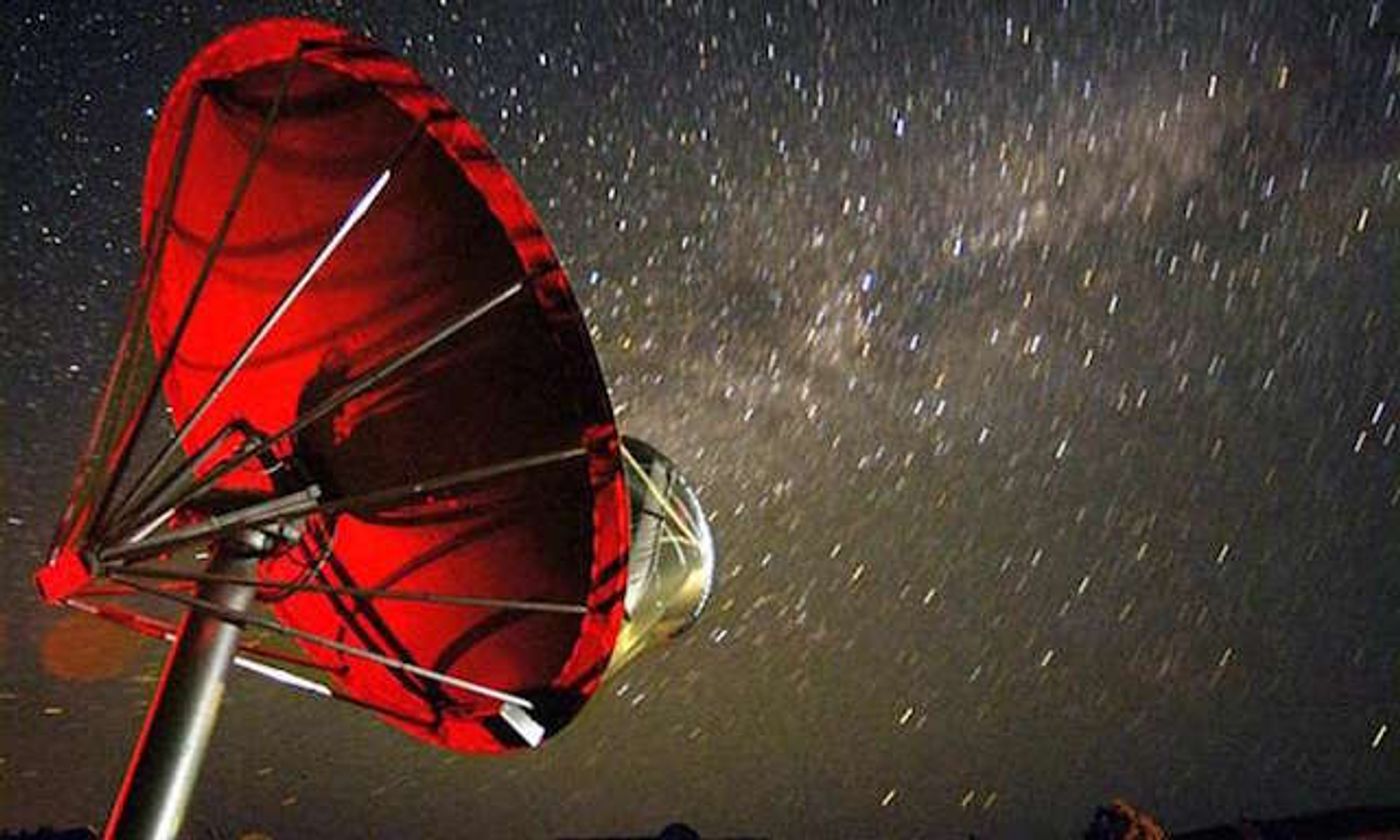As you may have read, or watched recently, as in yesterday’s video
“Is An Alien Megastructure Blocking The Light Of A Distant Star?”, the Kepler Space Telescope has found something truly odd. Kepler has been finding planets outside our solar system by observing a slight dip in the amount of light from distant stars when a planet “transits” between the star and Kepler. A planet the size of Jupiter usually results in about a 1 percent dip. But recently, Kepler recorded a 20 percent dip in the amount of light coming from KIC 8462852, a star that’s about 1,500 light years away, in the Cygnus constellation. This indicates that here is something truly massive orbiting this star. And, as Dr. Gerald Harp, senior scientist at the SETI Institute says, ”We either caught something shortly after an event like two planets crashing together or alien intelligence.”

This phenomenon has scientists baffled. They have been throwing theory after theory about possible naturally occurring explanations at this remarkable finding. The most recent one is that the gargantuan dip in light from KIC 8462852 is the result of a swarm of comets . But, just like all of the other proposed theories, no one really seems satisfied with the comet swarm explanation. The chances that Kepler would catch such a massive and rare event as the breakup of a cometary breakup or the collision of two planets in the short time that Kepler has been observing KIC 8462852 is highly unlikely because events like these are incredibly rare. Any collision of this sort generates dust. When this dust is warmed by a star, it glows with infrared light. But none of this telltale glowing dust with the proper signature has been detected in KIC 8462852’s orbit. Scientists always make sure that aliens are their last possible explanation, but when all other explanations have been exhausted…
Enter SETI, the Search for ExtraTerrestrial Intelligence. For decades, SETI has been surveying the universe, listening for emanations from, well, as you may have guessed, alien intelligences, be they stray radio or television transmissions from another planet, or a signal intentionally trying to communicate with anybody who’s listening.
For the first time in SETI’s existence, they’ve got a likely target. So, beginning last Friday (Oct. 16), they began pointing their Allen Telescope Array (ATA) away from its previous survey schedule and pointed it at KIC 8462852 to see if anyone in the system is broadcasting. This array, comprised of 42 dishes, is a fully automated system, capable of running 24/7 and of alerting SETI’s staff whenever it detects a signal that is an unusual or interesting.
Harp and his team at SETI are justifiably excited. Even so, he says they can’t reveal any results of their search yet. However, Harp reports, preliminary results of the search will be coming, when he and his team will be submitting a paper to a science journal, within the next few weeks.
Source:
Phys.org









